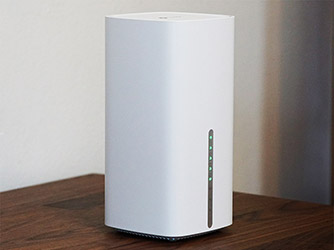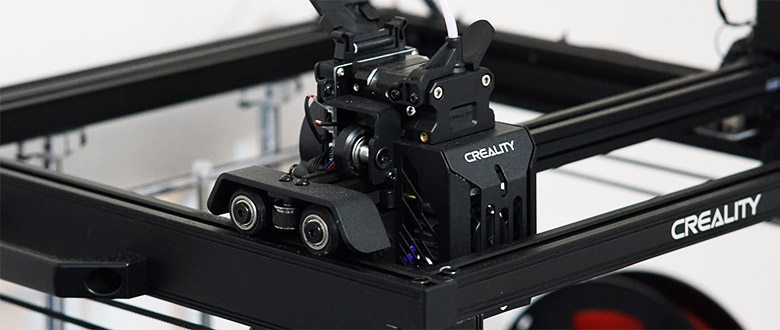TP-Link EX920 AXE7800 WiFi 6E Router Review: Is TAUC worth it?
The TP-Link EX920 AXE7800 is part of the new Managed WiFi for ISPs router series and it will be using the Aginet Unified Cloud (TAUC) platform for monitoring and management purposes. And yes, the platform does include support for TR-069 and TR-369, as well as API service, so it’s definitely a very attractive solution for … Read more










